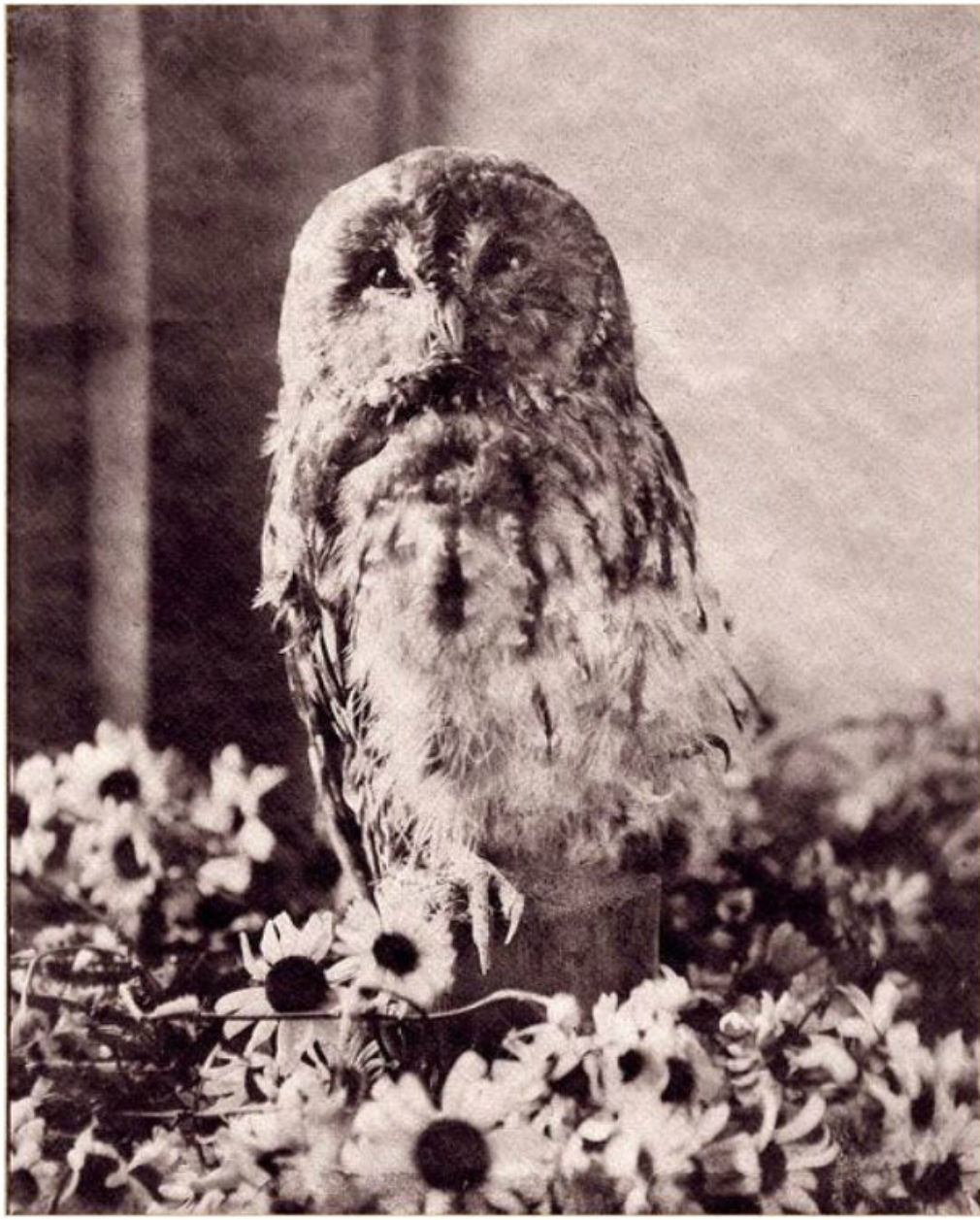
Laura Hartford: “Photography has changed the world and revolutionized how we think and behave”
Laura Hartford, the Associate Dean of Arts and Sciences and Associate Professor of Art at Bellarmine University in Louisville, is telling to The Calotype Society XXI about photography and making calotypes.

Education, scientific research and photography
What education do you have?
A BFA from the University of Louisville and an MFA from Indiana University, both in photography.
When and why did you decide to make calotypes?
While researching Hill and Adamson for a photo history course in grad school, around 2003.
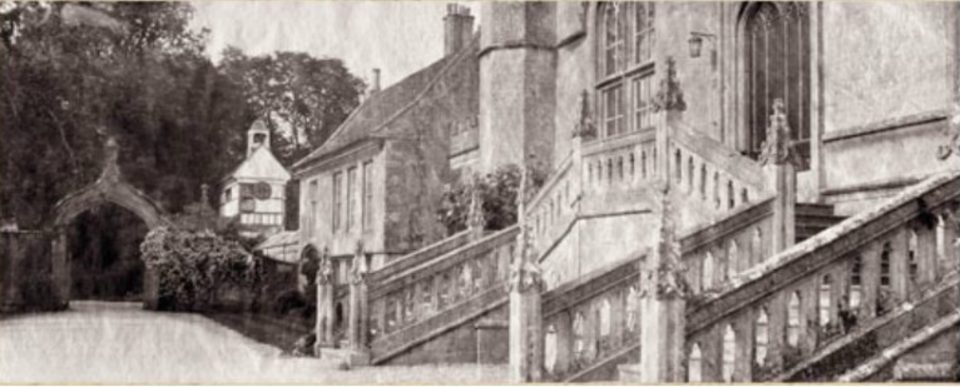
What was the first experience and what was your first photograph about?
My first calotypes were portraits, based on Hill and Adamson’s work. I was using the Talbot process from the Richard Morris chapter in Coming into Focus. It took me forever to get anything, and the paper I ended up using was so thick that I could only print form scans. But it was exciting.
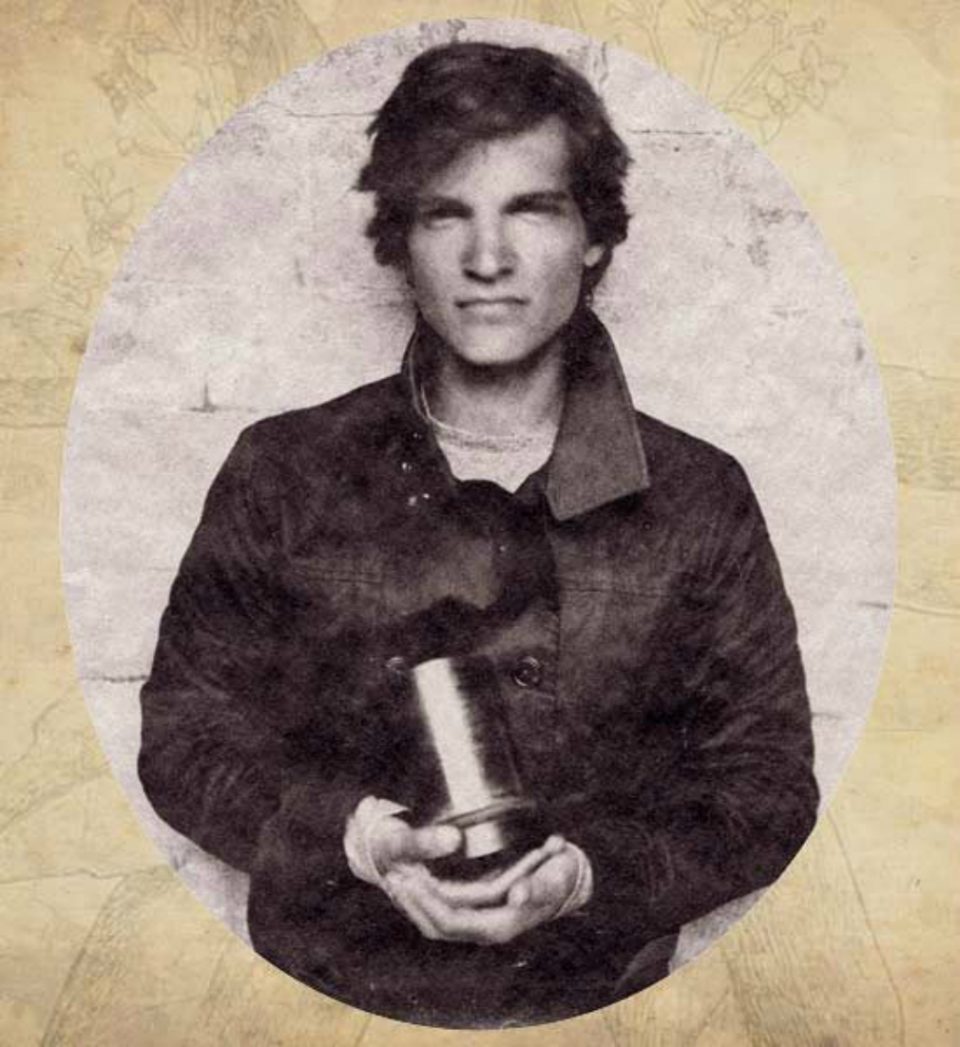
Why did you decide to work with the technique of calotype, why does this technique attract you?
I love that they are so DIY, and I love how beautiful they are. Though my other work is very detailed, I like the softness of calotypes. I’m not a great craftsperson, so I’m learning to embrace the accidental quirks as well.
What new and important things did you discover by working with this technique?
That Talbot and others put an amazing amount of time and passion into their efforts to bringing photography into the world.
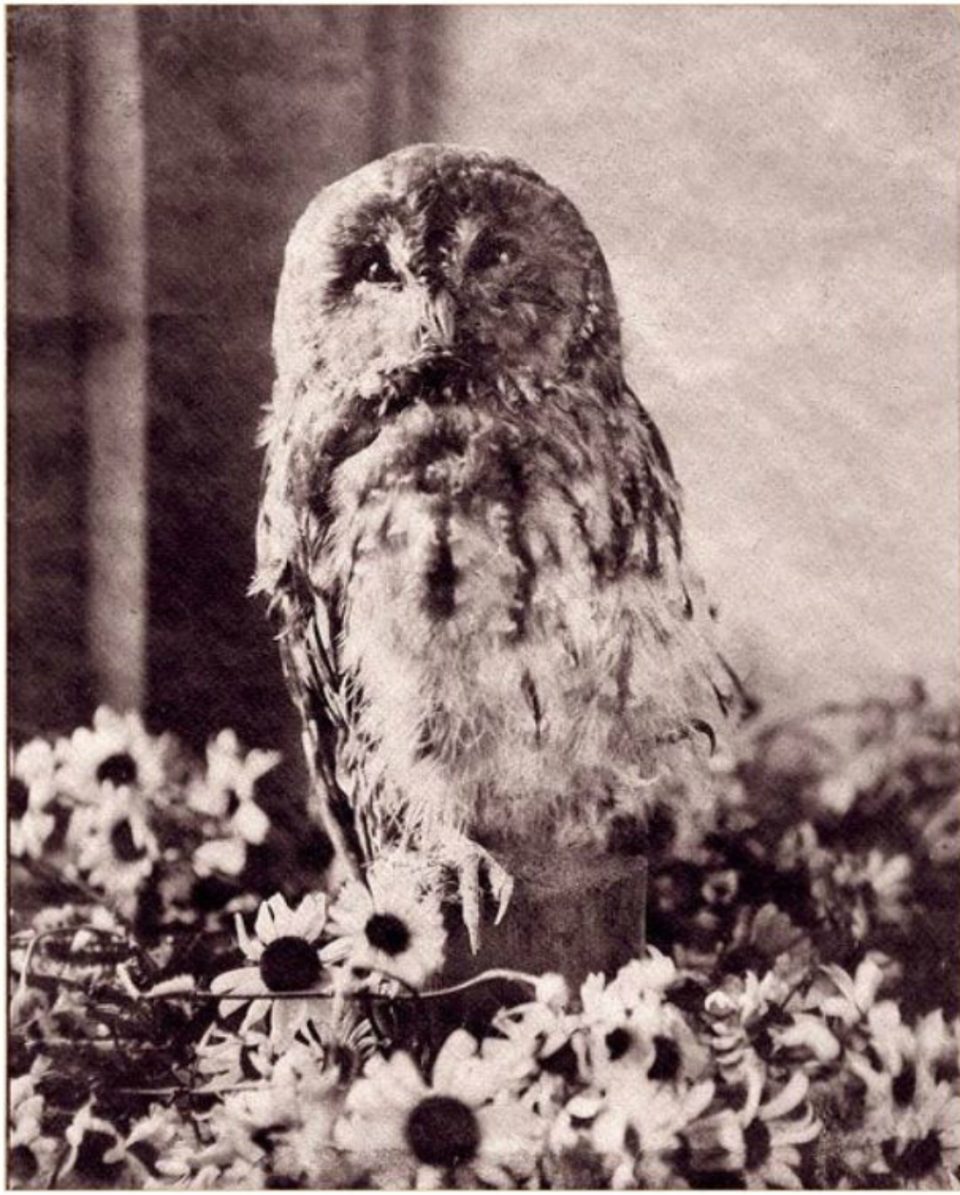
Cameras, recipes and the darkroom
What was your first camera? What kind of camera do you have or use?
My first camera was a Pentax K1000. Now I have a lot of cameras, in part because I share them with students. My nerdiest cameras are my Burke and James 8”x20” (I also have a B&J 5”x7”). I just bought my first real vintage camera, a Thornton-Pickard full plate, that I hope to bring with me to Milan. Very exciting.
What recipes for making calotypes are you using?
Pelegry, with modifications from Calotype Society folks including Richard, Finn and Wlodek.
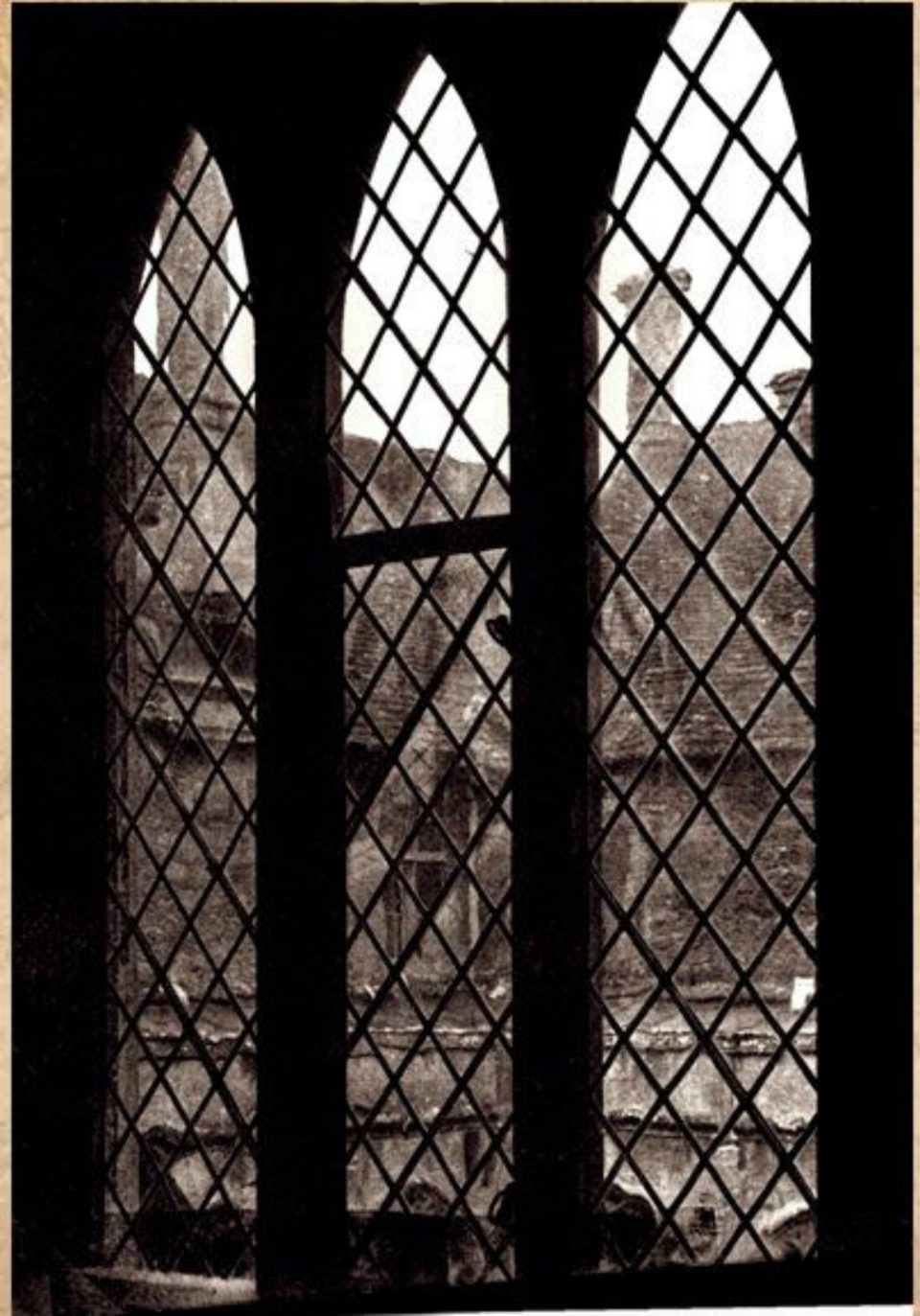
How does your darkroom look? Is it a professional space, a makeshift bathroom, a basement?
My darkroom is in my basement. It’s very small, but it has a lot of sentimental value, as I built it with my close friend who passed away last year. He taught me how to do all the construction, plumbing and electrical work with him. It was a lot of fun.
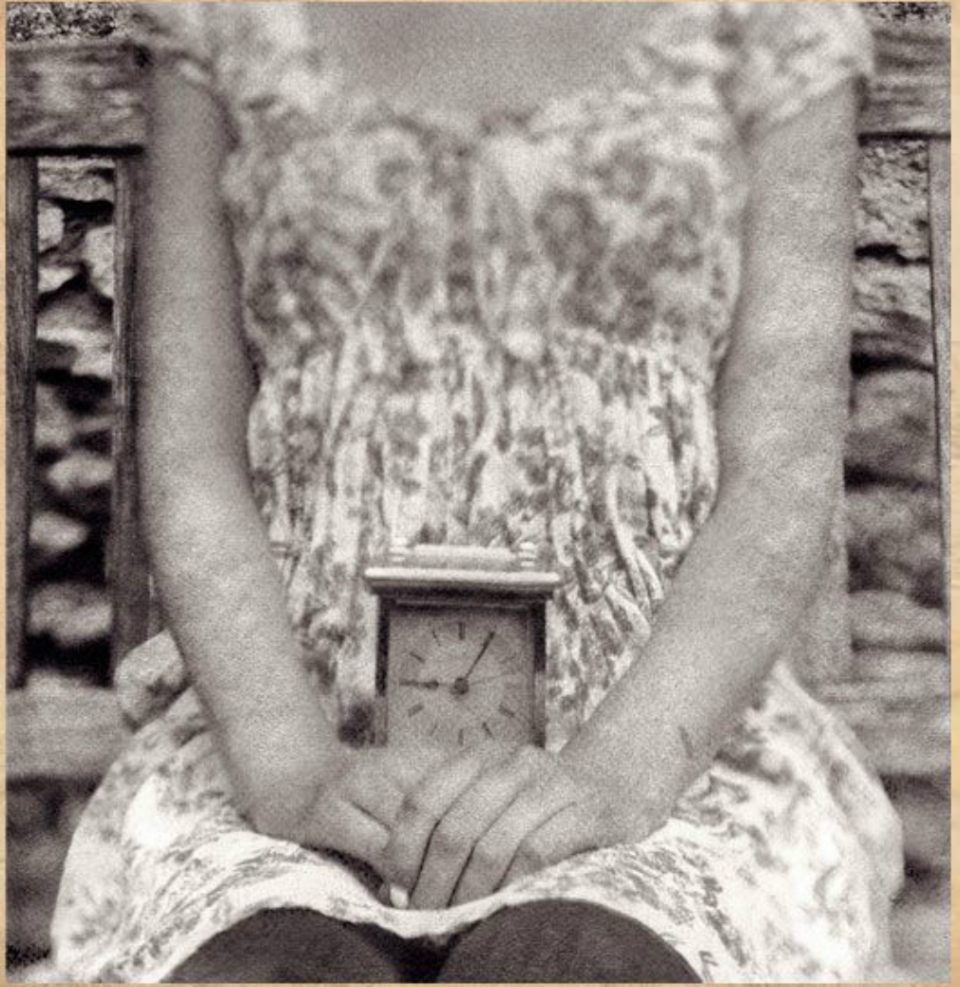
Inspiring teachers and photographic ideas
Who were your teachers? On which works did you study? Who formed your artistic taste?
Undergraduate mentors were professors Don Anderson and Suzanne Mitchell. My grad school mentors were James Osamu Nakagawa and Jeff Wolin. I also took a great photo class with Jeff Nilan. Sarah Burns, my history of 19th century professor professor had a huge impact on my aesthetic tastes (likely the greatest), as did Claude Cookeman who taught me 20th century and contemporary photo history. I took workshops with Alan Greene, Richard Cynan Jones and Dan Estabrook, the last while at IU. My artistic tastes lean heavily towards Victorian photographers. In addition to Hill and Adamson I’m a big fan of Julia Margaret Cameron and many others.
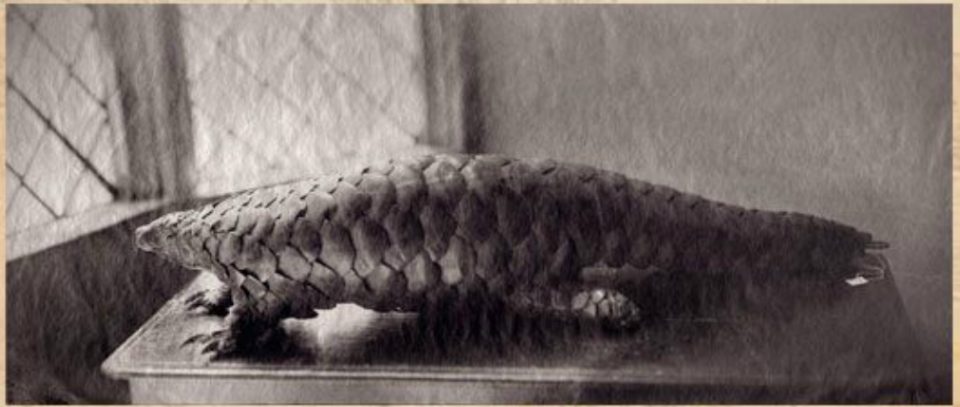
What subjects do you choose for your calotypes? Architecture, people, landscapes?
All of the above. My colour work is usually studio-based and heavily art directed, so I’m going more in that direction with my calotypes. But I don’t get to work as much as I’d like to on art projects. My “day” job is really a day and night (and weekend) job.
What do you like more – the result, or the process of preparing for the developing of photographs?
Tough question! They each have their appeal in different ways and satisfy different personal quirks.

What did you learn about life after making calotype photographs?
I spend a lot more time thinking about what it must have felt like to experience photography in its earliest years. As a result I think calotypes are one of those things that can remind you how much photography has changed the world and revolutionized how we think and behave.

Interview by Asia Santambrogio
Photo sources: http://www.laurahartford.com/

